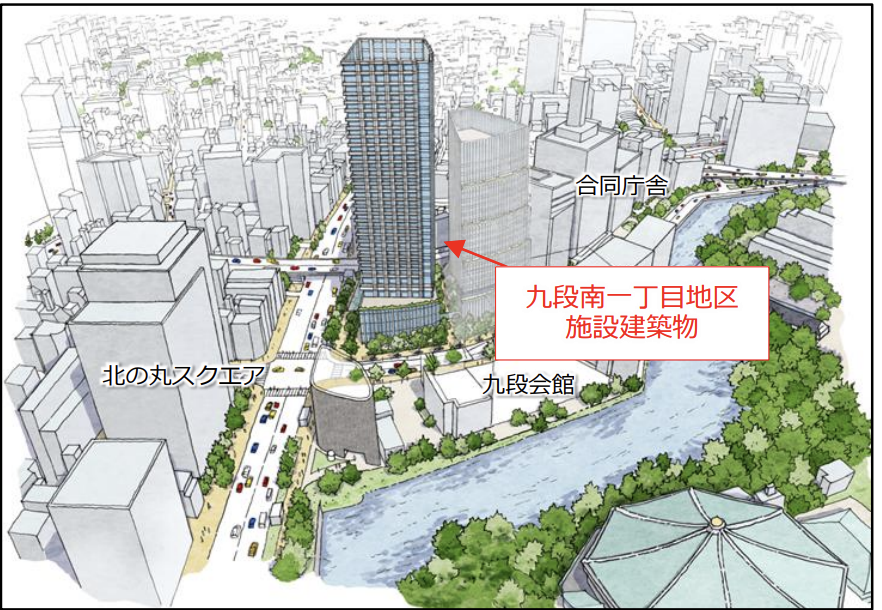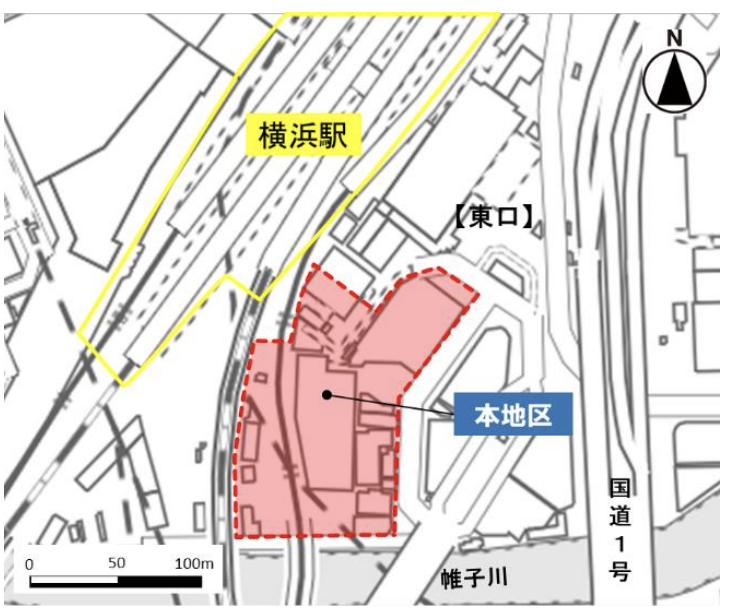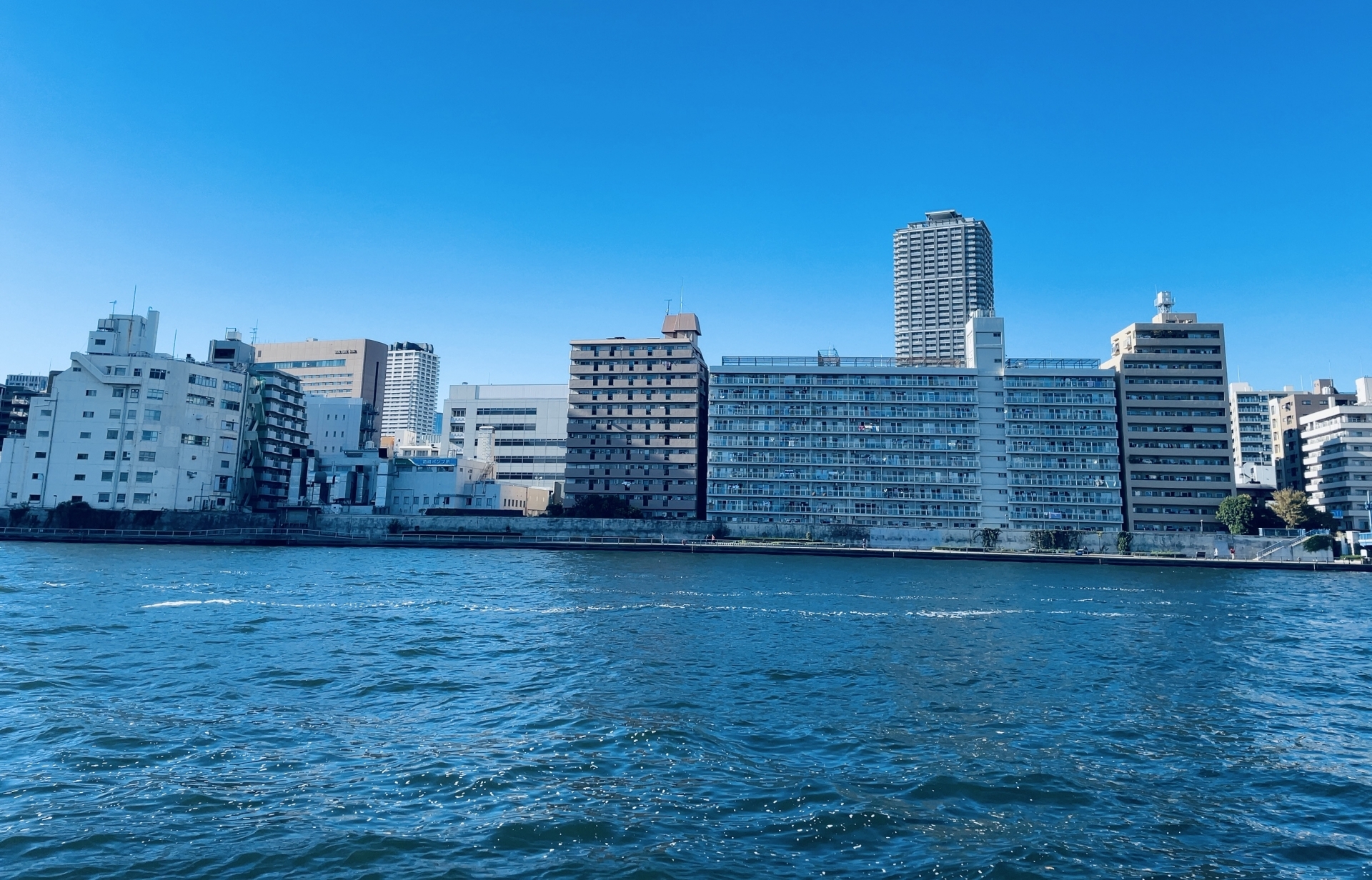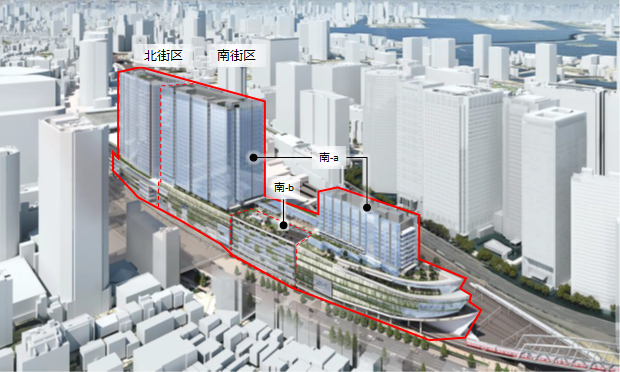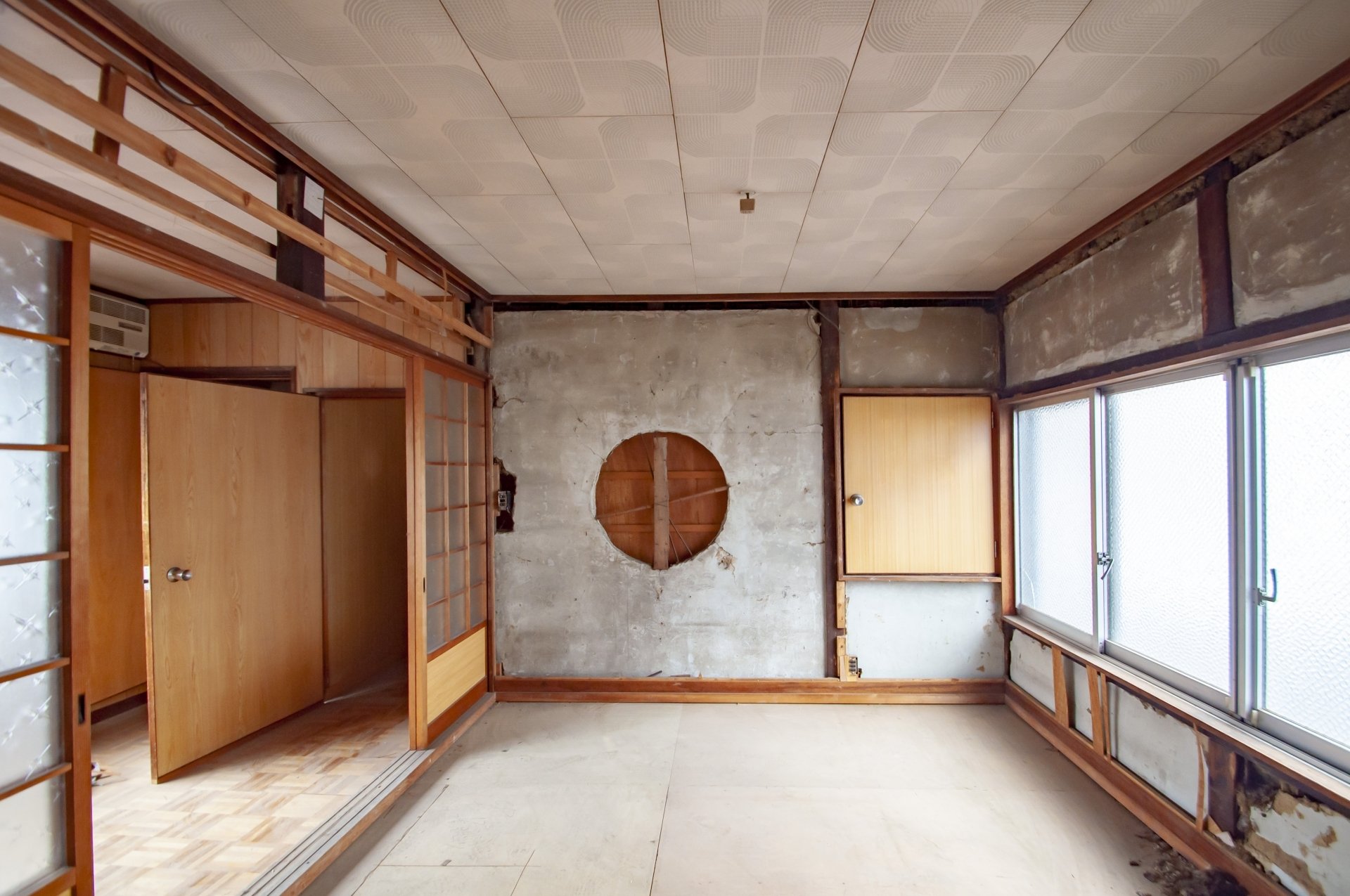For real estate owners, the choice of gas facilities for rental properties is an important business decision that directly affects profitability and tenant satisfaction. Depending on whether you choose city gas or propane gas, the initial investment, monthly running costs, tenant satisfaction, and ultimately return on investment will vary greatly.
In recent years, tenants have become increasingly interested in gas rates, and are particularly concerned about reducing the burden of utility costs. In this market environment, property owners are required to select gas facilities based not only on simple initial cost comparisons, but also on profitability and competitiveness from a long-term perspective.
In this article, we will explain in detail the characteristics of city gas and propane gas, cost comparisons, points to note when introducing them, and their impact on rental management, based on the knowledge we have accumulated while consulting with many property owners in our rental management department as INA&Associates.
Through objective comparative analysis based on data, we will provide you with the materials you need to make a decision on the most appropriate gas facility for your property and help you realize more profitable rental management.
Basic differences between city gas and propane gas
Difference in supply method and raw materials
There are fundamental differences between city gas and propane gas in terms of supply method and raw materials. City gas is made from natural gas (mainly methane) and is supplied to households through underground gas pipes. Propane gas, on the other hand, is made from liquefied petroleum gas (LPG) and is delivered to each household in cylinders filled with propane or butane as its main component.
This difference in supply method has important implications for property owners. In the case of city gas, a gas main must be laid in the front street, from which a pipeline must be installed to each house. Propane gas can be used anywhere in Japan as long as there is space to install a cylinder.
Structural Differences in Rate Structure
The rate structure of city gas and propane gas is very different. City gas is positioned as a public utility, and rate revisions require notification to the Ministry of Economy, Trade and Industry. This ensures rate transparency and prevents sudden price hikes.
Propane gas, on the other hand, is regulated by a free rate system, which allows each service provider to set its own rates. While this system promotes competition among service providers, there are issues with transparency of rates, and large differences in rates can occur among service providers even in the same area.
Comparison of calorific value and usage efficiency
The calorific value of propane gas is approximately 2.2 times higher than that of city gas, allowing more efficient heating in the same cooking time. However, this difference in calorific value is an important factor in price comparisons. The higher calorific value means that less gas is needed to produce the same energy.
However, in actual rate comparisons, propane gas is generally about 1.8 times more expensive than town gas, even when this calorific value difference is taken into account. As a property owner, you need to evaluate the competitiveness of your property taking into account the utility cost burden of your tenants.
| Item | City gas | Propane gas |
|---|---|---|
| Raw material | Natural gas (methane) | Liquefied petroleum gas (propane and butane) |
| Supply method | Underground gas pipe | Cylinder delivery |
| Rate System | Public utility rates (reportable) | Free rate system |
| Calorific value | Approx. 11,000 kcal/m³ | Approx. 24,000 kcal/m³ |
| Specific gravity | Lighter than air | Heavier than air |
| Supply Area | Urban area | Nationwide coverage |
Comparison of advantages and disadvantages for property owners
Merits and demerits of city gas
One of the main advantages of city gas is that it reduces the burden of utility costs on tenants. Compared with propane gas, city gas rates are approximately 1.2 to 1.8 times cheaper, and it is not unusual for a difference of 100,000 yen or more to occur annually. This difference in rates is a major attraction for tenants and directly leads to an improvement in the competitiveness of the property.
Another important advantage of city gas is that as a public utility, the rates are transparent and tenants can use the service with peace of mind. Since rate revisions must be reported to the government, sudden price hikes are controlled and the household budget burden of tenants becomes more predictable.
The environmental benefits are also not to be overlooked. Since city gas is made from natural gas, CO2 emissions during combustion are lower than those of propane gas, making it more appealing to an environmentally conscious tenant base. In recent years, there has been an increasing focus on environmentally conscious properties from the perspective of ESG investment, and this may contribute to long-term improvement of asset value.
The most significant disadvantage of city gas is the high initial installation cost. The cost of installing a pipeline from the gas main in the front street to each unit is generally 100,000 to 150,000 yen, but if the gas main is far away or piping work is included in the construction of a new building, the cost can be as high as 430,000 yen per unit.
Furthermore, city gas service areas are limited to urban areas, and may not be an option for properties in rural or suburban areas. In addition, restoration in the event of a disaster may take time, and if gas pipes are damaged in an earthquake or other disaster, there is a risk of widespread and prolonged supply disruptions.
Advantages and Disadvantages of Propane Gas
The main advantages of propane gas are its low initial installation cost and installation flexibility.
The fact that it can be used anywhere in Japan is also a major advantage. Even properties outside the city gas supply area can be served by propane gas as long as there is space for installation of cylinders, and even properties in rural and suburban areas can be provided with gas facilities equivalent to those in urban areas.
Another important advantage is the speed of restoration in the event of a disaster. Since gas is supplied in cylinders, it can be inspected and restored individually even in the event of a disaster such as an earthquake, and is less likely to cause widespread supply interruptions as is the case with city gas.
Due to its high calorific value, cooking efficiency is high, making it an especially attractive facility for commercial kitchens and residents who are particular about their cooking.
The most significant disadvantage of propane gas is its high running cost. Compared with town gas, the fee is about 1.2 to 1.8 times higher, and the burden of utility costs on tenants becomes heavy. This difference in rates is a major factor in determining property selection, especially for tenants who place a high priority on utility costs.
Due to the open-ended rate system, there is a large disparity in rates among operators, making it important to select an operator that sets appropriate rates. In addition, there is an issue of transparency in fee revisions, which may increase inquiries from tenants regarding fees.
Cylinder installation space must be secured, and especially in narrow urban areas, installation space may be limited. In addition, periodic cylinder replacement work may have a certain impact on the lives of residents.
| Comparison Items | City gas | Propane gas |
|---|---|---|
| Initial cost | 100,000-430,000 yen/unit | Generally borne by the operator |
| Monthly fee | Standard | Approx. 1.2-1.8 times |
| Supply Area | Urban area only | Nationwide coverage |
| Disaster recovery | Time required | Relatively quick |
| Fee transparency | High (utility rates) | Varies by service provider |
| Environmental impact | Low | Slightly high |
| Installation constraints | Gas pipe required | Cylinder space required |
Precautions and Procedures for Introduction and Switching
Preliminary survey for introducing city gas
When considering the introduction of city gas, the first important step is to confirm the service area. It is necessary to confirm with the city gas utility company whether or not a gas main is installed in the road in front of the house. If the gas main is not installed, it will be necessary to extend the main, which may significantly increase the cost burden.
In addition, for existing buildings, a detailed survey of the current gas facilities is required. It is important to determine in advance whether existing facilities such as water heaters, gas stoves, and gas piping can be adapted to city gas specifications, and the scope and cost of facilities that need to be replaced.
Depending on the structure of the building and the piping route, the construction may be more difficult and more expensive than expected. Especially in older buildings or those with special structures, it is recommended to conduct a detailed site survey and obtain estimates from multiple providers.
Response to tenants during the construction period
During the period of gas facility switchover construction, gas use by residents will be temporarily suspended. Dealing with tenants during this period is an important issue in rental management.
The construction schedule should be fully explained and coordinated in advance to minimize the impact on tenants' lives. Generally, the construction period per unit is 1-2 days, but construction of the entire building may take 1-2 weeks.
Consideration must be given to alleviating inconvenience to residents by providing alternative means of transportation during the construction period, such as lending cassette stoves or providing use coupons for nearby bathing facilities. These costs should also be incorporated into the budget in advance.
It is also important to explain to residents in advance and gain their understanding regarding noise and workers coming and going as a result of construction. Especially now that telecommuting is on the rise, consideration for noise during the daytime is even more important.
Contract Procedures and Legal Considerations
When switching from propane gas to city gas, contract cancellation procedures with the existing propane gas provider are required. It is important to confirm the contract period and cancellation conditions in advance, and to understand whether or not a penalty fee will be incurred.
In particular, if the propane gas business bears the initial equipment costs, you may be asked to bear a portion of the equipment costs if you cancel within the contract period. This cost should be added to the city gas installation cost to make a comprehensive investment decision.
When signing a new contract with a city gas utility, it is important to confirm in detail the supply conditions, rate structure, construction details, and warranty conditions, and to exchange them in writing. In particular, the breakdown of construction costs and payment terms, construction period, and after-sales service should be clearly defined.
Accountability to tenants
Changes to gas facilities are important changes that directly affect the lives of tenants. Proper procedures must be followed from a legal perspective in handling facility changes in the lease contract.
When explaining the change to the tenants, it is important to obtain their understanding and cooperation by explaining in detail the purpose of the change, the construction period, any inconvenience during the period, and the benefits after the change. In particular, explaining the effect of the reduction in gas charges by showing specific amounts of money will promote tenants' understanding.
Policies regarding rent reduction and compensation during the construction period should also be determined in advance and explained to tenants. These measures play an important role in maintaining a good relationship with tenants and preventing future problems.
Key Points in Selection of Service Provider
In selecting a city gas utility, it is necessary to comprehensively evaluate not only the rate structure, but also construction quality, after-sales service, and financial stability.
With regard to construction experience, it is important to select a company that has extensive experience in constructing similar rental properties. In particular, it is recommended to check their experience in dealing with tenants and their efforts to shorten the construction period.
Regarding the fee structure, detailed comparisons of basic fees, metered fees, and various commissions should be made to evaluate costs from a long-term perspective. It is also important to confirm the policy for future fee revisions and the business stability of the operator.
In terms of after-sales service, it is important to select an operator that can ensure the safety and convenience of tenants by confirming its 24-hour emergency contact system, periodic inspection system, and response speed in the event of a breakdown.
| Procedural Stage | Major items to be checked | Required period | Points to note |
|---|---|---|---|
| Preliminary survey | Existence of gas main, condition of existing facilities | 1-2 weeks | Obtain quotes from multiple companies |
| Contracting procedures | Supply conditions, construction details, rate structure | 1 week | Confirmation of detailed contract conditions |
| Cancellation of existing contract | Termination conditions, penalty fees | 1-2 weeks | Confirmation of equipment cost burden |
| Construction work | Construction period, tenant support | 1-2 weeks | Preparation of alternative means |
| Start of supply | Inspection, commissioning | 1-2 days | Thorough safety check |
Summary
Organization of important points
For real estate owners, the choice between city gas and propane gas is not simply a comparison of initial costs, but an important business decision that affects long-term profitability and property competitiveness.
Cases in which choosing city gas is advantageous include urban rental properties where the emphasis is on reducing the burden of utility costs on tenants, aiming for long-term stable earnings, and branding the property as an environmentally friendly property. Although initial investment is required, the possibility of setting rent premiums and improved vacancy rates can be expected to improve earnings over the medium to long term.
Cases in which choosing propane gas is advantageous include properties outside of city gas service areas, cases in which initial investment needs to be curbed, and properties in areas where disaster risk is important. In addition, if the choice of service provider enables the company to ensure rate competitiveness, it may be possible to reduce the difference with city gas.
Investment Decision Guidelines
When making an investment decision to install city gas, it is important to comprehensively evaluate the following factors
The initial payback period is generally 8-12 years, but the actual payback period may be shorter due to the possibility of setting rent premiums and the effect of improving the vacancy rate. In particular, properties targeting tenants who value utility costs tend to have a higher return on investment.
It is important to make decisions based on individual property characteristics by comprehensively considering the property's location, target tenant demographics, competition with surrounding properties, and the potential for future asset value improvement.
Future Market Trends and Measures to Address Them
The environment surrounding gas facilities is continuously changing, including fluctuating energy prices, tighter environmental regulations, and diversifying tenant needs. As a property owner, it is important to ensure flexibility to respond to these changes.
In particular, the environmental advantages of city gas facilities are expected to become even more important in the future, as the promotion of carbon neutrality has led to an increased focus on environmentally friendly facilities.
In addition, the spread of smart meters and the use of IoT technology will enable visualization and efficient management of gas usage, which is expected to improve convenience for tenants and reduce management costs.
Next Action Steps
Based on the contents of this article, we recommend that you proceed with specific studies in the following steps.
First, confirm the availability of city gas supply for the property you own with the operator having jurisdiction, and ascertain the approximate cost of installing the system. It is important to obtain quotes from multiple operators and compare the installation details and costs in detail.
Next, analyze the property's characteristics and tenant demographics to evaluate the possibility of improving competitiveness by introducing city gas. It is important to specifically calculate the investment effect by comparing the facility conditions and rent levels of surrounding properties.
Finally, consider the impact on tenants and the measures to be taken, and determine the timing and schedule for implementation of the construction. Preparing explanatory materials to gain the understanding and cooperation of tenants and securing alternative means of transportation during the construction period are also important preparation items.
Facility selection in real estate investment is an important management decision that balances profitability and tenant satisfaction. We hope that the analysis in this article will help you make the best choice for your property and achieve more profitable rental management.
Frequently Asked Questions
Q1: Who will bear the cost of the city gas installation?
In principle, the cost of installing city gas is borne by the property owner. Generally, 100,000 to 150,000 yen is required to install the gas main from the front road to each unit.
However, if the gas main is located far from the property or if the piping work is included in the new construction, the cost may be about 500,000 yen per unit. Some city gas service providers offer installment payments or partial payment systems for the construction cost on the condition of a long-term contract, so we recommend that you consult with several service providers.
Q2: Is it possible to switch to city gas without the resident's consent?
Since the change of gas facilities directly affects the lives of the tenants, it is important to explain and gain their understanding in advance. Legally, if the change is for the purpose of improving or upgrading the facilities, it can be implemented through appropriate procedures, but from the perspective of maintaining a good relationship with the tenants, we recommend that sufficient explanation and discussion take place.
It is important to gain the understanding and cooperation of the tenants by providing compensation and alternative means for the suspension of gas use during the construction period, and by explaining the benefits after the construction. In particular, explaining the benefits of reduced gas bills by showing specific amounts of money will promote tenants' understanding.
Q3: Can existing gas appliances be used when switching from propane gas to city gas?
Since propane gas and city gas have different combustion characteristics, existing gas appliances cannot be used as they are. Gas appliances such as water heaters, gas stoves, and gas fan heaters must be replaced or modified to city gas specifications.
The cost of replacing equipment generally ranges from 100,000 to 200,000 yen for water heaters and from 30,000 to 100,000 yen for gas stoves. For some appliances, it may be possible to change specifications by replacing parts, but replacement with new equipment is recommended for safety reasons. These costs should be included in the total cost of introducing city gas.
Q4. What is the payback period for installing city gas?
The payback period for installing city gas depends on the initial investment, the possibility of setting a rent premium, and the effect of improving the vacancy rate. Generally, the payback period is from 8 to 12 years.
For a property for singles with an initial investment of 150,000 yen and a monthly rent premium of 1,000 yen, a simple calculation yields a payback period of 12.5 years, but taking into account the effect of improving the vacancy rate (about 5% improvement), the actual payback period is reduced to 8 to 10 years.
For family-oriented properties, since they are more concerned about utility costs, a larger rent premium (about 2,000 yen/month) can be set, which is expected to shorten the payback period. In addition, the investment effect may be even higher if future asset value enhancement effects are also taken into consideration.
The contents may be subject to change due to amendments to laws and regulations or changes in market conditions. For specific investment decisions, please confirm the latest information and consult with a specialist.

Daisuke Inazawa
Representative Director of INA&Associates Inc. Based in Osaka, Tokyo, and Kanagawa, he is engaged in real estate sales, leasing, and management. He provides services based on his extensive experience in the real estate industry. Based on the philosophy that “human resources are a company's most important asset,” he places great importance on human resource development. He continues to take on the challenge of creating sustainable corporate value.

.png)

